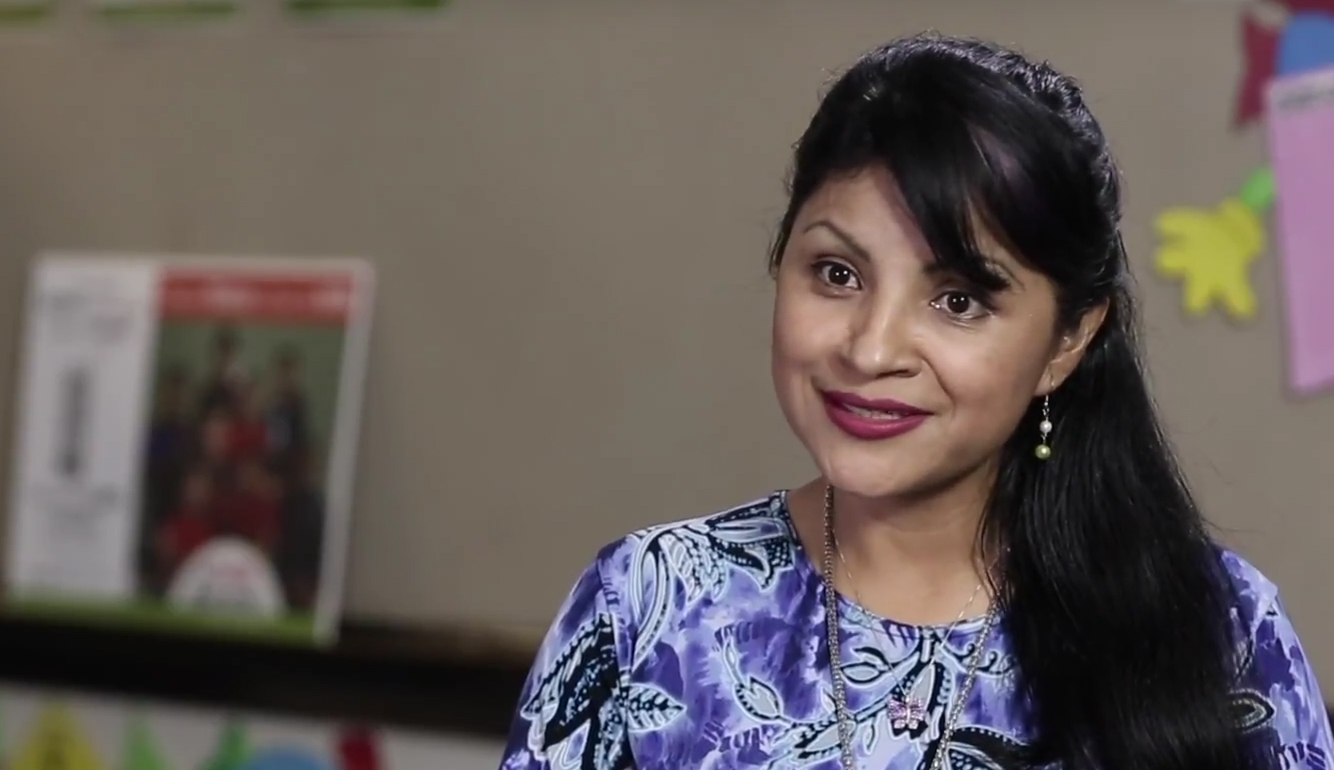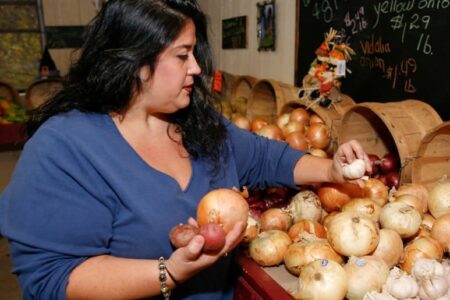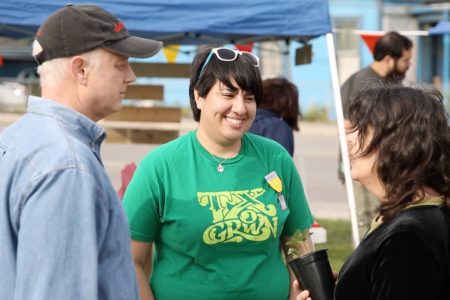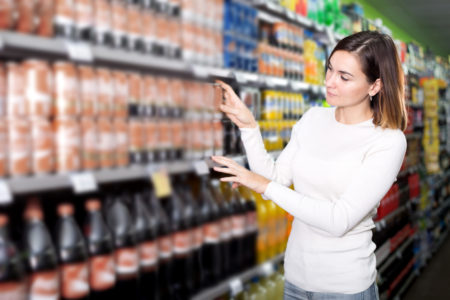Share On Social!
Alma Galvez was sick of seeing a growing number of overweight Latino child patients at her clinic in Minneapolis, Minn. (10.5% Latino population).

In her job as a community health worker for St. Mary’s Health Clinics in Minnesota, Galvez was able to pinpoint a big culprit—sugary drinks.
Galvez and Shannon Gavin, the organization’s coordinator of family health programs, wanted to reduce sugary drink consumption among Latino child patient and families.
So they jumped head-first at the chance to work with state health officials to create a bilingual, culturally relevant campaign to urge Latino families to rethink their drink.
Sugar’s Stranglehold on Latino Health

Galvez and Gavin are big players in how St Mary’s Health Clinics serves its large minority and low-income patient population. Many are uninsured and/or undocumented and have little access to education on nutrition, preventive medicine, and healthy living.
Gavin had started a healthy eating and exercise program in Risen Christ Catholic School in 2013. The program reaches parents, caregivers, and families to help reduce local childhood obesity rates, which are in part fueled by Latinos’ heavy consumption of sugary drinks, according to Salud America! research.
Galvez and Gavin thought, if they could reduce sugary drink consumption, perhaps they could boost local health and reduce obesity rates.
Gavin learned that the Minneapolis Health Department was planning to launch a sugary drinks campaign with Statewide Health Improvement Program funding.
“Due to the growing problem, along with the national and international buzz around sugar-sweetened beverages, we thought that it was time to address this issue,” said Vishwarupa Vasani, a public health specialist with the health department.
How could Galvez and Gavin work together with the state?
Engaging Minneapolis Communities to Reduce Sugary Drinks

An awareness campaign to reduce sugary drinks needs two things—community involvement and grassroots efforts for healthy drink policies and environments.
That is what Vasani learned from studying the Sugar-Sweetened Beverage Playbook by ChangeLab Solutions.
Vasani also wanted to make sure Minnesota’s campaign targeted local disparities.
So, to start creating a campaign to reduce local sugary drink consumption, they formed the Healthier Beverage Leadership Team in 2013. The team featured five community-based organizations, including Gavin and St. Mary’s Health Clinics to reach the Latino community in a culturally relevant manner.
“We really wanted to do a bottom up approach because we knew…low-income communities and communities of color are more likely to regularly consume more sugary drinks for a variety of reasons and are at a higher risk for obesity and related chronic diseases,” Vasani said.
The idea was to not only teach adults and children to consider drink alternatives without calories or sugar, but to also help change environments to increasingly offer healthier options.
“They have a better know-how of what works and what doesn’t work,” Vasani said. “We created the framework of the campaign with the two components, and then we let them tailor it and adopt it in a way that would be the most successful for their communities.”
The Surge of “ReThink Your Drink”
In October 2014, Galvez and Gavin made their first Rethink your Drink-Every Sip Counts! presentation to staff of partner organizations, including the Mexican Consulate, the Ecuadorian Consulate, St. Mary’s Health Clinics’ Park Ave Clinic, Risen Christ School, Centro Tyrone Guzman and Centro Guadalupano of Holy Rosary Church.

They also presented at local fitness clubs, school parents nights, health fairs, and more.
They also created the “Semana Sin Soda” to challenge people set and achieve goals to drink more water and fewer sugary drinks.
Gavin and Galvez’s educational work has reached 2,800 children and adults.
To create healthy drink environments, Gavin works with Risen Christ School and other local groups to adopt a healthy beverage policy with respect to beverages served and/or sold.
“Across the board people are getting the message,” Galvez said.
“People don’t want you to tell them to stop drinking soda. But when you show them how much sugar is in their 20-ounce bottled soda they get really impressed by how much sugar is in their soda, and they always want to know how to stop, because sometimes it is not easy for them to stop,” Galvez explained.
“So we do compromises with them on how much soda versus water they drink and many of them are going back to water.”
Expanding the Campaign
Galvez and Gavin have continued coaching and training others to keep the campaigns going in the organizations and communities with whom they work—the Consulate of Mexico and of Ecuador, Centro Guadalupano of Holy Rosary Church, Centro Tyrone Guzman, Iglesia Catolica San Cirilo y Metodio, and Incarnation/Sagrado Corazon de Jesus Catholic Church.
State officials also are expanding the campaign to African American, Native, Hmong, and East African communities.
“This successful engagement with and support from a variety of cultural communities will pave the way for broader City and State-level work,” Vasani said. “We will have that [community] buy in because we made this issue relevant for all people and places.”
By The Numbers
74
percent
of Latino kids have had a sugary drink by age 2 (vs. 45% of white kids)
This success story was produced by Salud America! with support from the Robert Wood Johnson Foundation.
The stories are intended for educational and informative purposes. References to specific policymakers, individuals, schools, policies, or companies have been included solely to advance these purposes and do not constitute an endorsement, sponsorship, or recommendation. Stories are based on and told by real community members and are the opinions and views of the individuals whose stories are told. Organization and activities described were not supported by Salud America! or the Robert Wood Johnson Foundation and do not necessarily represent the views of Salud America! or the Robert Wood Johnson Foundation.



